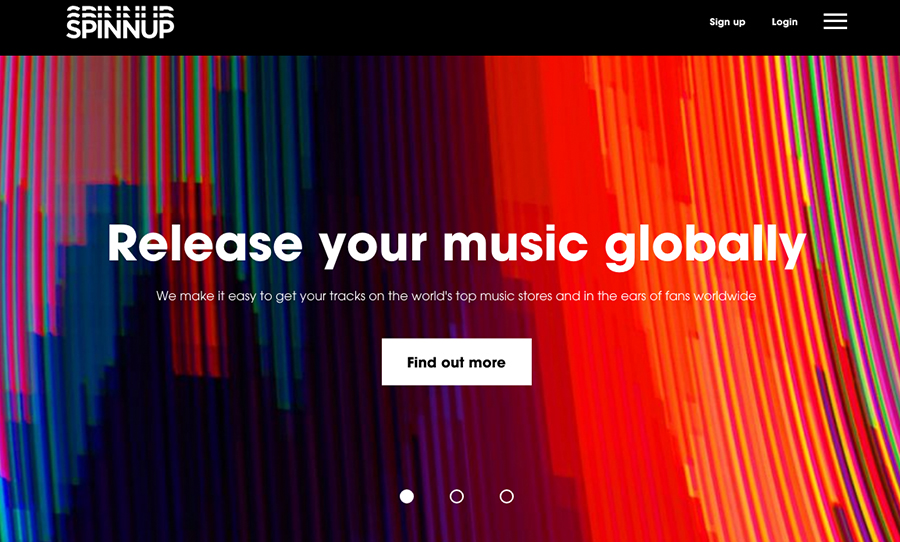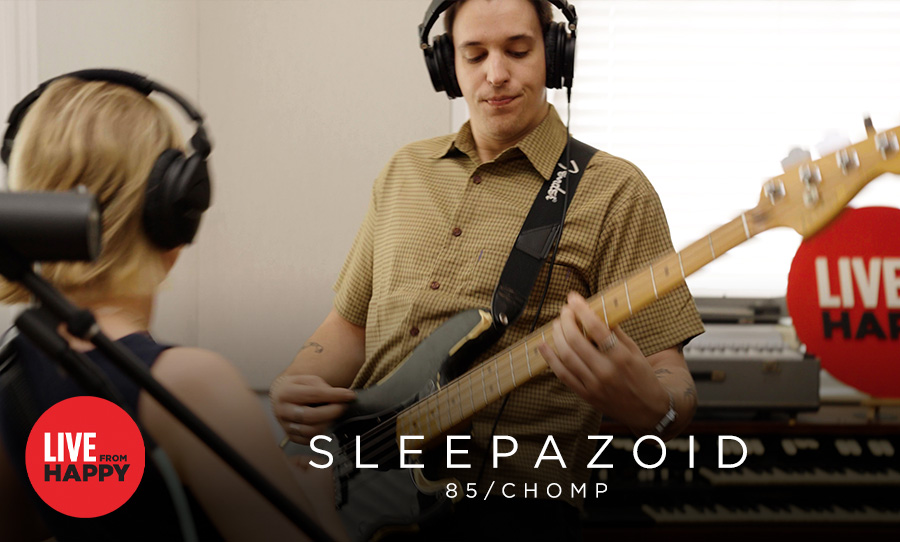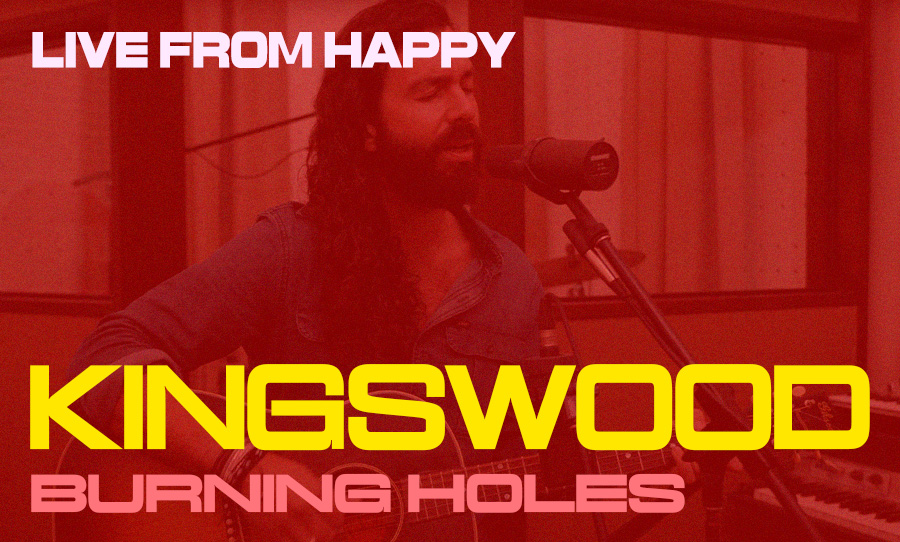What it is, how you organise it, and why every musician needs it
When releasing new music – be it a single, EP, or album – you’ll want to do everything you can to make sure it gets heard. Sure there are free distribution platforms like Bandcamp and Soundcloud available, but if you want to make sure you are exploiting all possible avenues, a holistic digital distribution strategy is essential.
Whether you’re an artist, manager, or heading a label, digital distribution has become an essential piece of the puzzle in 2018. Read on for our guide to the beast that digital distro has become, whether you’re dipping your toes in for the first time or ready to learn a few new tricks.
What Is Digital Distribution & Why Do I Need It?
In short, digital distribution is the process of getting your music on streaming services like Spotify, Apple Music, Tidal, and others. While some musicians place an emphasis on Spotify these days due to its popularity, there’s no reason you should be aiming for partial coverage. There are users on every service, and you want to reach all of them.
Most won’t even be aware of the number services available – there are hundreds, all varying in popularity by region, genre, or any number of other factors. Every single one of these represent a potential ear for your release, and a listen is a listen no matter where it comes from.
Not to mention, every listen and purchase your music earns will count towards your royalties.
However, the breadth of service providers makes digital distribution a mammoth task for those who don’t already have the required contacts and know-how. If you want to take in on yourself, power to you, but most commonly artists will outsource their distro.
If you’re signed to a label this will likely be covered for you. If you aren’t, it’s time to choose a digital distribution service.
Choosing a Digital Distributor
Digital distribution is a service, and outsourcing it will both take an enormous weight off your shoulders and take your music further. Of course, this will incur a fee, but the costs involved will differ based on the service you choose.
Flat-fee
Some distributors offer a one-time fee to place your music on digital retailers. These services usually who provide ongoing support following your payment and instant access to royalties.
There are providers who will lock your royalties behind a minimum threshold or decline support questions after a flat-fee payment, so be sure to undertake some proper research on any distributor before locking anything in. This goes for all distributors regardless of their payment system – always remember to be informed.
EmuBands is a great example of a flat-fee distributor. Artists make a one-time upfront payment (which will depend on the type of release), with no repeat annual subscription charges or recurring fees. Users earn 100% of the royalties generated and maintain ownership of their rights. Since starting out in 2005, they’ve worked with heaps of Aussie artists like Dope Lemon and Angus and Julia Stone, plus indie giants like Glasvegas and Paul Weller.
Subscription model
The subscription model is another common payment method for distributors. By paying a monthly or annual fee your music will remain on stores and streaming services, and some distributors will provide you with a range of useful audience statistics in kind.
As with a flat-fee (or any other) distributor, you’ll want to make sure your royalties are being filtered back to yourself. Some services return 100% of royalties back to their artists but many other distributors don’t, so be sure you don’t lock yourself into a shady deal.
Spinnup is a great example of a subscription-based distributor. It’s free to sign up, and payments are made yearly, ranging in price depending on what you are releasing (single, EP, album).
They pay 100% of royalties back to their artists, as well as provide detailed sales reports and daily streaming figures so artists can see where their music is going and what they’re earning. Created by Universal Music, Spinnup work closely with A&Rs at Polydor, Virgin EMI, Caroline, and Island Records, giving artists the chance to get in front of label reps, which is a nice little bonus. Stonefox, Elke & The Jandel and Kufre are a couple of Aussie artists that use the service and are doing some amazing stuff at the moment.

Royalty-based
The last common payment model for distributors involves a cut of your royalties. While often frowned upon, this can actually be worked into a good deal in certain scenarios (mostly for smaller artists).
For instance, if you compare a deal with a distributor that takes 10% of your royalties with one that offers you a $100 annual flat-free fee, until you can sell $1000 in product per year the commission is actually going to cost you less.
Every artist is different, and there’s a perfect distributor out there for everybody. Do you research, browse the market, and review the options before you choose yours.
If you’re keen to check out a few for yourself, iTunes publishes a list of preferred distributors here and Spotify does the same right here.
What You’ll Need
So you’ve chosen the distributor you want to go with, now what? Like any big moment in your career, flying in blind will get you nowhere – you should take some time to adequately prepare yourself before kicking off.
Here’s the basics.
Assets
Music – Obviously, you’ll need some music to distribute. This doesn’t mean a set of demos, we’re talking the finished product. You’ll want to make sure you’ve received your masters in 16-bit WAV format, or 24-bit in some cases – check in with your distributor to find out exactly what they need.
Artwork – A high quality square image needs to accompany every release, this is your album, EP or single artwork. High quality usually means 3000 by 3000 pixels in the JPEG format – though once again you should remember to check in with your distributor in case they have their own requirements. If you’re working with an artist or designer, it’s always a good idea to grab a layered file too if you can, those assets may come in handy later!
Metadata – This is the ‘back end’ of your release, information like your artist name, song titles, collaborators, release date… the lot. Chances are you’ll know all these things about your tracks, but having everything written down in the one place ahead of organising distro will save you a ton of time.
Time
Too many artists receive the masters of their album and want to drop it the next day. In reality, some artists will sit on a release for several years before sending it out to the world. Why? Preparation is key.
Different streaming services have different lead times when it comes to getting your music online – even triple j Unearthed will take a few days before making your track available to stream. A distributor will help to vastly reduce these lead times, but they’ll still be there.
The only way to beat them is staying so far ahead of the game that nothing can put a stick in the spokes. There’s nothing stupid about finishing your EP in February and setting yourself a September release date – it gives you time to plan when the singles will drop, organise a few shows, and lock in some media coverage around the event.



